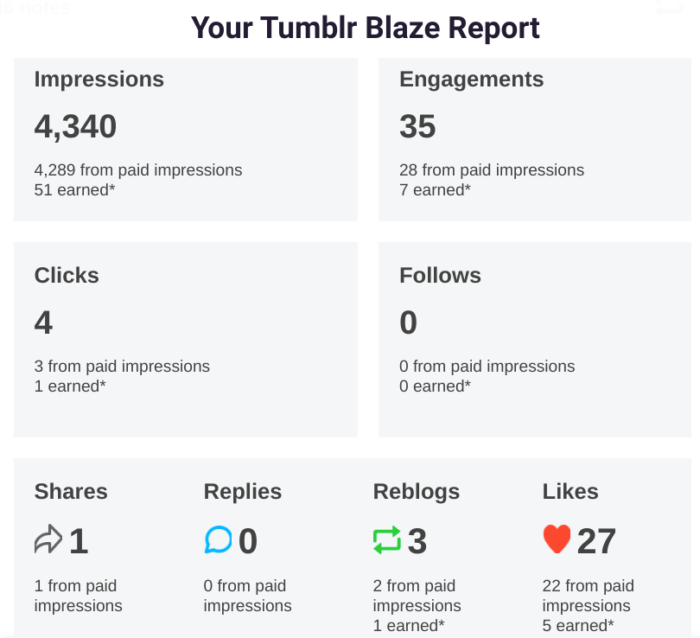Internet broadcast and discovery in 2023
What I liked most about Twitter was following people whose work I enjoyed and discovering new blogs, art, and websites. Twitter was also a good way to broadcast what I was doing on other platforms (writing blog posts, making art). And it was easy for my followers to retweet so additional people might come across my work, too.
But in the last few years, Twitter has become less and less useful for that. The feed became more toxic. It’s more difficult to follow topics you want to see, separate from the negativity that overwhelms a lot of Twitter.
I deleted Twitter from my phone in February 2022, and I do not miss it. But I do miss the ability to discover new things and broadcast my work. No other social media platform operates quite like Twitter did for these functions.
Instagram doesn’t have easy sharing capabilities in the feed
On Instagram, you can share links and other people’s posts to your story. But you can’t create clickable links in the caption of a post. You can’t share someone else’s post to your feed natively. (You can do it with a third-party app or by screenshotting the original post.) It’s not as easy to share other people’s posts on Instagram as it is on Twitter.
Hashtags were more useful on Twitter. Recently, Instagram removed “recent posts” from search results. You can’t use hashtags to find new posts with a hashtag you’re interested in anymore. You can see “top posts” and “recent top posts” only. These changes on Instagram make it more difficult to discover new things.
Tumblr isn’t as mainstream as other platforms
On Tumblr, you can easily share other people’s posts. Hashtags operate the way they do on Twitter. But Tumblr is not as mainstream as other social media platforms. For example, Facebook had 2.4 billion active monthly users in 2019. Tumblr had 371 million monthly visits.
Almost everyone I know is on Facebook or Instagram (or both). I hardly know anyone personally who uses Tumblr.
Other options?
I’m not on Mastodon or Bluesky. These look similar to Twitter, but, at least for now, they aren’t mainstream. Mastodon and Bluesky are not good options for discovery and broadcast when their userbases are small.
Vero is an interesting option, but again, seems like the userbase is small.
Newsletters are not social media, but they seem like a good option for broadcast and discovery. My issue here is, ease of sharing. Sure, you can forward an email to a friend. But how many people do you know who do that with newsletters? I read a lot of newsletters. When I find something that would interest a friend, I’m more likely to send the friend one link from the newsletter, instead of the whole newsletter.
I read this newsletter from Henrik Karlsson about blog posts being a way to connect with people who share your interests. I agree with what he’s saying but what he’s talking about is a long game of connecting with people. What I want from social media sharing is faster and more casual.
What am I looking for?
So what do I want from social media when it comes to broadcast and discovery? The short answer is, Twitter circa 2014. The longer answer is a list of characteristics:
- Short-form posts that are easy to skim through
- Clickable links
- Ability to share other people’s post to your feed
- Clickable hashtags that show you recent posts that used that hashtag
- Chronological feed
- Mainstream use / a broad userbase
- No log-in needed to view content
- Desktop and mobile interfaces
Is this too much to ask for in 2023? Are we doomed to algorithms and closed-off platforms?
Or maybe there is a social media platform like this out there that I haven’t heard of? If there is, please let me know.
